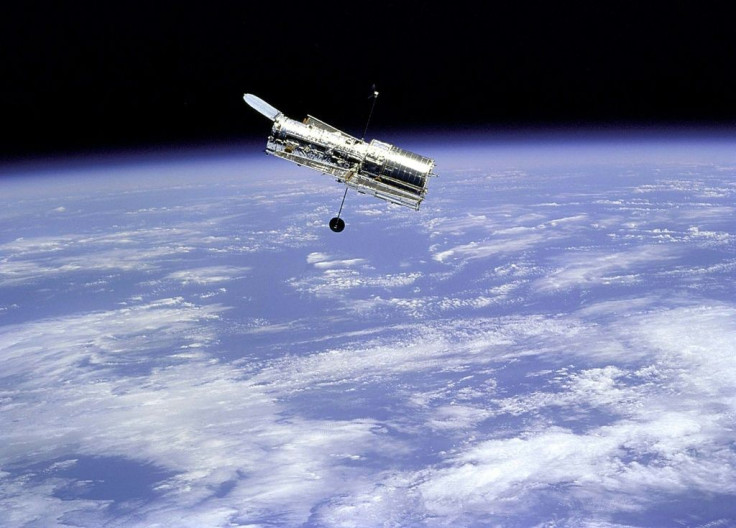LOOK: NASA, ESA Mark Hubble Space Telescope's 33rd Anniversary With A Mesmerizing Nebula Image
KEY POINTS
- The Hubble was launched in April 1990
- Astronomers celebrate its launch anniversary with an image of star-forming region NGC 1333
- It shows how "messy" but stunning star formation really is
This April marks the 33rd anniversary of the launch of the iconic Hubble Space Telescope. An incredible image taken by the telescope is a perfect way to celebrate the milestone.
Launched on April 24, 1990, Hubble has since provided us with stunning views of the cosmos for decades, taking a whopping 1.6 million observations of thousands of targets.
A mesmerizing Hubble image, released for its 33rd launch anniversary, perfectly encapsulates the telescope's incredible capabilities. The image is of the nearby star-forming region NGC 1333, which is 960 light-years away in the constellation Perseus, NASA and the European Space Agency (ESA) explained in a release.
The rather ethereal nebula image appears in blue at the top, changes to gold and then red. What it shows is "an effervescent cauldron of glowing gasses and pitch-black dust stirred up and blown around by several hundred newly forming stars embedded within the dark cloud," the agencies noted.
To mark Hubble’s 33rd anniversary, this new image unveils a cauldron of starbirth! ⭐
— Hubble (@NASAHubble) April 20, 2023
NGC 1333 is a star-forming region 960 light-years away. Glowing gasses and pitch-black dust are stirred up and blown around by newly forming stars within the dark cloud: https://t.co/NazfKJq8Lw pic.twitter.com/uHcmgagbyi
NGC 1333 contains the raw materials to create new stars. As stunning as the image is, it actually showcases just how "messy" star formation in the universe really is, the agencies said.
It showcases various features like stellar winds — possibly from the shining bluish star at the top of the image — blowing through the dust. Another bright star in the middle area of the image can be seen trying to peer through thick dust like the Moon peeking through cloudy skies, and at the bottom of the image, a "blazing red area" shows a "tangled mess of stars."
It also features some bold young stars. And even the black parts of the image aren't simply empty spaces. They're actually filled with "obscuring dust."
Such a view also gives insights into how our own Sun was born in.
"This view offers an example of the time when our Sun and planets formed inside such a dusty molecular cloud, 4.6 billion years ago," the agencies noted. "Our Sun didn't form in isolation but was instead embedded inside a mosh pit of frantic stellar birth, perhaps even more energetic and massive than NGC 1333."
What's incredible is the thought that Hubble "just scratches the surface" since much of the process is still shrouded in dust. So, not only does the image showcase Hubble's incredible capabilities, it also shows just how mysterious and mesmerizing the universe truly is.
Hubble has been doing this for three decades now. Together with the James Webb Space Telescope, it gives humans a humbling peek at the wide cosmos around us.

© Copyright IBTimes 2024. All rights reserved.






















